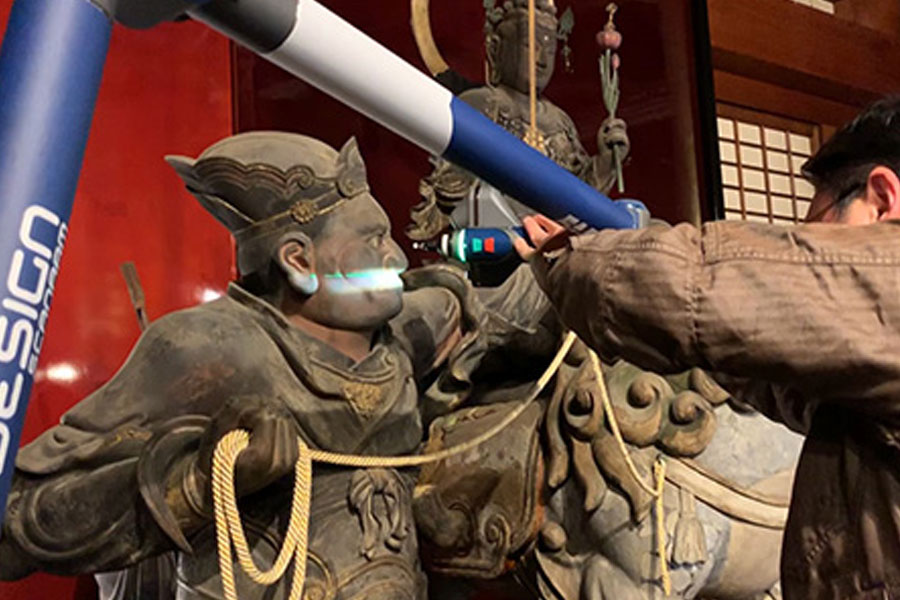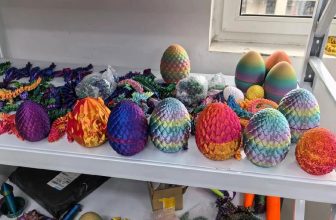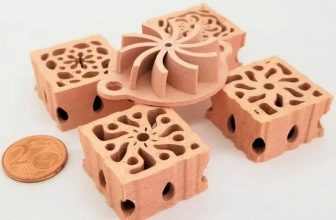
Through three-dimensional scanning technology, the charm and essence of historical relics are passed on to future generations.
“How can the culture and history left by the ancestors be completely passed on to future generations?” The answer KYOTO’S 3D STUDIO Co., Ltd. found was to use 3D scanning technology to obtain data, and edit, analyze and process it. The scanned data is converted into data that can satisfy the restoration and verification of historical buildings and historical relics.
These data can be used for a wide range of purposes such as modeling, reverse engineering, 3D printing, CAD reproduction and update, maintenance and repair, renovation, and digital archiving.
The data obtained by KYOTO’S 3D STUDIO is mainly derived from items listed as the intellectual property of all mankind, such as World Cultural Heritage, Japanese National Treasure or Important Cultural Heritage. Since it cannot be directly touched by hand, the use of non-contact methods is the primary prerequisite for obtaining data. Effective tools based on this are products such as 3D laser scanners.
Not only retains the “shape”, but also retains the “god”
Temples and shrines are a kind of spiritual support for the victims. Rebuilding these spiritual sustenances is of great help to the entire post-disaster reconstruction work. The problem is that I want to fix it as soon as possible, but I don’t have the original design drawings and data.
If you use 3D scanning technology and save the data in advance, you can quickly repair it later.
In addition, KYOTO’S 3D STUDIO also put forward higher requirements, not only requiring the preservation of the building, but also hoping to preserve the Buddha statues and other cultural relics. According to Nishimura, the current mainstream method of data retention is still more than 20 years ago, using an extremely primitive method of obtaining coordinate values with a 3 to 4 cm distance scanner and aligning with the photo. “But for items with high cultural value, in addition to strict accuracy requirements, there are also restrictions on operation time. We must improve the efficiency of scanning.
In the past, in order to show a state close to the real thing, it was necessary to paste color data against the photo to compensate or adjust the data, which required a lot of time and expense. At this point, the latest 3D scanners can just scan in color, so the data can be provided directly. When used in national treasures or cultural relics, the ability to reproduce fine wood grains and bright colors is its outstanding advantage.
To sum up, the advantage of color scanning is that it can not only visualize the extracted wood grain or damage, but also preserve the image of the Buddha itself and use it in a digital museum. In addition, the 8-axis structure greatly reduces the working time while increasing the number of scans. “The advantage of this system lies in the improvement of color scanning and processing speed. Moreover, because of the portability of the 3D scanner. “Important cultural relics cannot be moved out at will, so it is particularly important to obtain data on site. This can reduce damage during the movement and reduce the risk for both the client and the operator. And it reduces the moving time and makes it easier to obtain data”.





